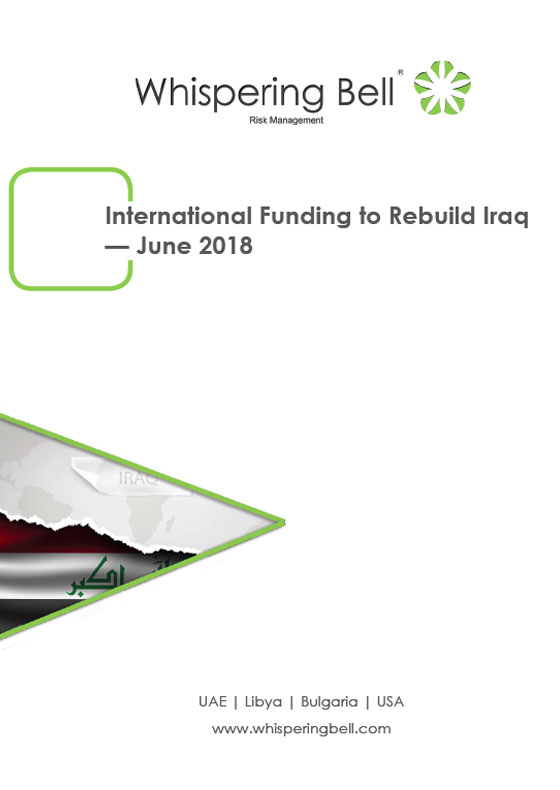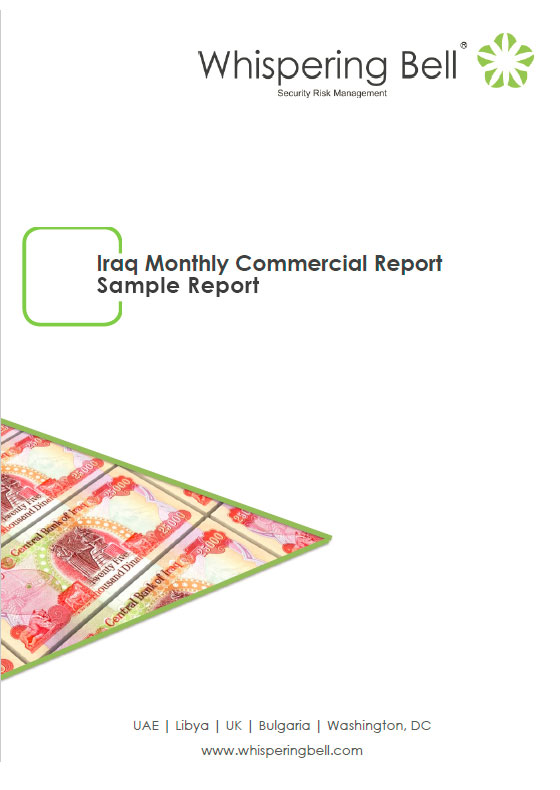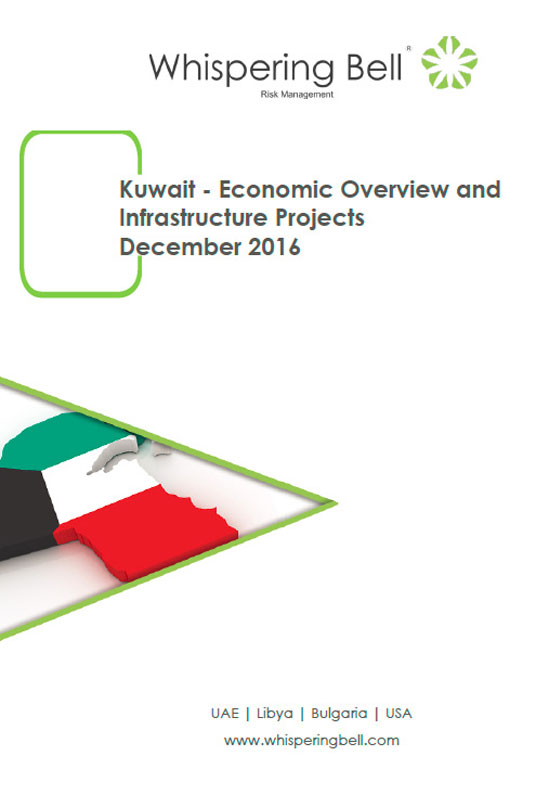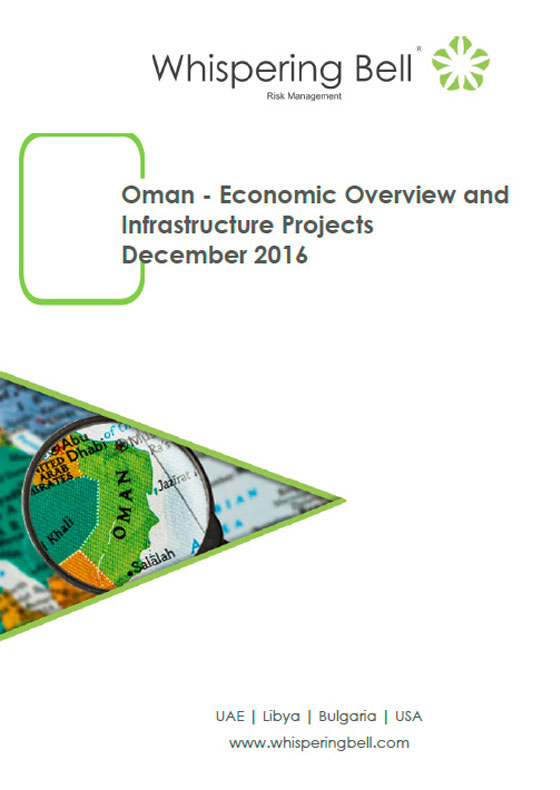

Iraq Commercial Report : A 25-page report covers the main commercial and economic occurrences that took place over the past month, to include a listing of the main deals announced that past month, key delegations and conferences related to Iraq, major Iraqi tenders let out that month, and oil and gas/energy/other deep dive analyses into important segments of both the Baghdad-based and Kurdish economy.
Download Sample Report
The World Bank’s latest MENA Economic Monitor Report showed that Kuwait’s GDP contracted by an estimated 1.3% in 2015, following a 1.6% decline in 2014, while oil production dropped by 1.7% in 2015. Growth in the oil sector, which accounts for two-thirds of GDP, was affected by an ongoing dispute with Saudi Arabia over shared resources, leading to the closure of a neutral zone oilfield in mid-2015. Growth in the non-oil sector also moderated further in 2015 as the slump in global oil prices took a toll on sentiment and activity, particularly in real estate and construction. Inflation remains muted, averaging just 3.3 % in 2015.
Fiscal and current account pressures are increasing. Oil revenues, which have contributed to three-quarters of government income in recent years, fell by nearly 50% during 2015 in line with oil prices. With spending adjusting more slowly, Kuwait is expected to record its first fiscal deficit since 1999, at 3.6% of GDP in FY2015. The current account surplus has narrowed significantly from over 30% of GDP in 2014, but remains at 9.6 % of GDP in 2015. With the Kuwaiti dinar pegged to a basket of currencies dominated by the US dollar, the central bank raised its policy rate by 25 basis points to 2.25 % following the rate increase by the US Federal Reserve Bank in December 2015. Otherwise, private sector credit is growing at a moderate pace, mitigating concerns about financial risks.
Download Sample Report
Oman’s private sector development is heavily reliant upon government expenditures to expand. But like other oil producing countries in the region, Oman’s budget has been impacted by the reduction in worldwide oil prices, hindering its ability to fund major infrastructure projects across the country. Construction accounts for approximately 8 percent of Oman’s GDP, and BMI Research predicts Oman’s construction sector to post this year its slowest growth since 2000.
Moreover, while Oman produces and exports much less oil and gas relative to other GCC countries, the hydrocarbon sector accounted for 47.2 percent of GDP in 2014 and 33.9 percent of GDP in 2015. The sector also accounted for 78.7 percent of government revenues in 2015. Oman does not have significant foreign exchange reserves, which amounted to USD 17.5 billion at the end of 2015, placing it in a relatively weaker position to withstand low oil prices compared to other GCC countries.
The recent OPEC deal to curb oil production is a positive development for Oman. The country has also pledged to cut production by 45,000 bpd effective Jan 1, 2016, which is expected to result in a net increase in revenues. Still, pressure has grown to enact economic reforms, while enhancing private sector investment to fund critical projects. The national deficit in the budget reached USD 11.4 billion during the first eight months of 2016 and expected to remain at a similar level over the coming years.
Download Sample Report
The current MENA Economic Monitor report expects Saudi Arabia to show solid real GDP growth, even as inflation moderates slightly. The country is expected to maintain a fiscal budget deficit in 2016 and 2017, partly because of the expected continued low price of oil, and partly as it works to help the economy move away from oil as its only basis, through the National Transformation Program (NTP) 2020, undertaken to drive the institutional capacity and capabilities needed to achieve Saudi Arabia’s Vision 2030. Under the NTP 2020, the Kingdom will undertake 543 initiatives across 24 government entities, totaling nearly Saudi Riyal (SAR) 270 billion in aggregate funding. Importantly, this funding is expected to highly leverage the private sector, with private company money adding to and driving specific projects beyond the initial government budget. This report focuses on the opportunities for private sector participation in infrastructure projects in NTP 2020, which we estimate totals over SAR 55 billion.
Download Sample Report